This is the tombstone of Anna J. Geisler, located in row 6 of Zion Lutheran Cemetery, Schumm, Van Wert County, Ohio. The marker is inscribed:
Anna J.
GEISLER
Sept. 11, 1870
June 11, 1934
St. John 8:51
Anna Johanna Geisler was born in Willshire Township on 11 September 1870, the daughter of Johann “Nicholas” and Elisabeth (Stemling) Geisler. She was baptized 18 September 1870, with Mrs. Hanna Steger and Mrs. Anna Baals as her sponsors. Both of her parents were German immigrants.
Anna was born a couple months after the 1870 census was taken and therefore not enumerated in it.
The Nicholas Geisler household in 1880, residing in Willshire Township: Nicholas, 49; Elisabeth, 50; George, 16; John, 13; and Anna J, 9. [1]
The Nicholas Geisler family in 1900: Nicholas, 66; Elisabeth, 72; George, 34; John, 32; and Anna, 30. This enumeration indicates that Nicholas and Elisabeth had been married 38 years and that Elisabeth had given birth to 3 children, all of whom were still living. Nicholas was a farmer and none of their 3 children were married. Nicholas immigrated in 1849 and Elisabeth in 1853. [2]
The mother Elisabeth Geisler died May 12, 1905. [3]
The Nicholas Geisler household in 1910: Nicholas, 77; George, 46; John, 43; and Anna, 41. The two sons were farming the family farm by this time. [4]
The father Nicholas Geisler died in 1912 [5] and George and his sister Anna continued to reside in the family home in 1920 [6] and in 1930. [7]
Anna Geisler died in Willshire Township on 11 June 1934 in Willshire Township, at the age of 63 years and 9 months. Her cause of death was a from a cerebral hemorrhage, intestinal infection, and arterial sclerosis. She was buried on the 14th. [8] Anna never married.
I was surprised to see that my maternal great-grandmother, Elizabeth (Schinnerer) Scaer, wife of John Scaer, was the informant for the information on Anna’s death certificate. Anna and Elizabeth must have been fairly close friends and neighbors. Elizabeth Scaer provided a different maiden name for Anna’s mother. Anna’s mother Elisabeth married Nicholas Geisler as a Stemling/Stemler, but the church records indicate that she was a widow when they married. Elizabeth Scaer gave her maiden name as Coffet. Interesting.
Nicholas and Elisabeth Geisler had the following children, according to Zion Schumm’s records:
George Johann Conrad (1864-1943)
Johann George Conrad (1866-1916)
Christoph (1869-1869)
Anna Johanna (1870-1934)
[1] 1880 U.S. Census, Willshire, Van Wert, Ohio, ED 154, p.446C, family 56, N. Gaesler; digital image by subscription, Ancestry.com (https://www.ancestry.com/search/collections/6742/ : viewed 17 Feb 2020).
[2] 1900 U.S. Census, Willshire, Van Wert, Ohio, ED98, dwelling 198, family 203, Nicklos Giessler; (https://www.ancestry.com/search/collections/7602/ : viewed 17 Feb 2020).
[3] “Ohio, County Death Records, 1840-2001,” Willshire Township, Van Wert, Deaths, Vol. 3, p.85, Elizabeth Giessler, 12 May 1905; (https://www.familysearch.org/ark:/61903/1:1:F6L3-N97 : viewed 17 Feb 2020).
[4] 1910 U.S. Census, Willshire, Van Wert, Ohio, ED 114, p.3B, dwelling & family 65, Nicholas Geisler; digital image by subscription, Ancestry.com (https://www.ancestry.com/search/collections/7884/ : viewed 17 Feb 2020).
[5] “Ohio, County Death Records, 1840-2001,” Willshire Township, Van Wert, Nicholas Geissler, 15 Feb 1912; (https://www.familysearch.org/ark:/61903/3:1:3QS7-89ZY-T21G?i=88&cc=2128172&personaUrl=%2Fark%3A%2F61903%2F1%3A1%3AF6CF-L2Y : viewed 17 Feb 2020).
[6] 1920 U.S. Census, Willshire, Van Wert, Ohio, ED 146, p.6B, dwelling 128, family 129, George Geisler; digital image by subscription, Ancestry.com (https://www.ancestry.com/search/collections/6061/ : viewed 17 Feb 2020).
[7] 1930 U.S. Census, Willshire, Van Wert, Ohio, ED 24 , p.4B dwelling 81, family 81, George JC Gusler; digital image by subscription, Ancestry.com (https://www.ancestry.com/search/collections/6224/ : viewed 23 Feb 2020).
[8] “Ohio, County Death Records, 1840-2001,” Willshire Township, Van Wert, Anna J Geisler, 11 Jun 1934; (https://www.familysearch.org/ark:/61903/3:1:S3HT-68NH-CK?i=1852&cc=1307272&personaUrl=%2Fark%3A%2F61903%2F1%3A1%3AX67H-LRV : viewed 22 Feb 2020).

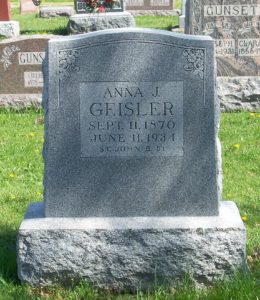
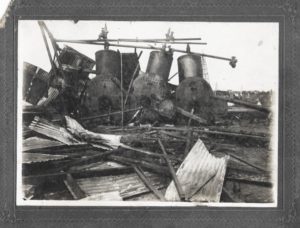
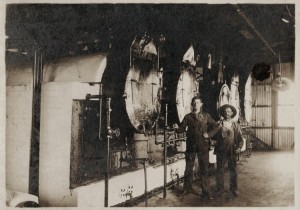
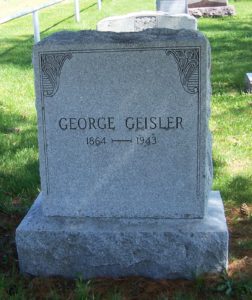
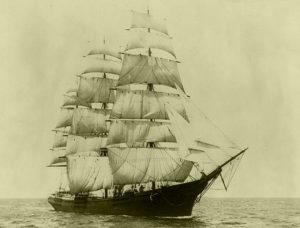
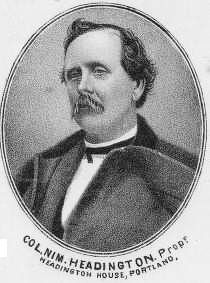
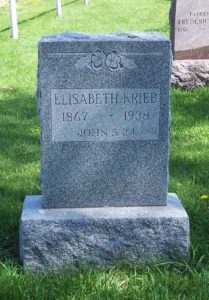
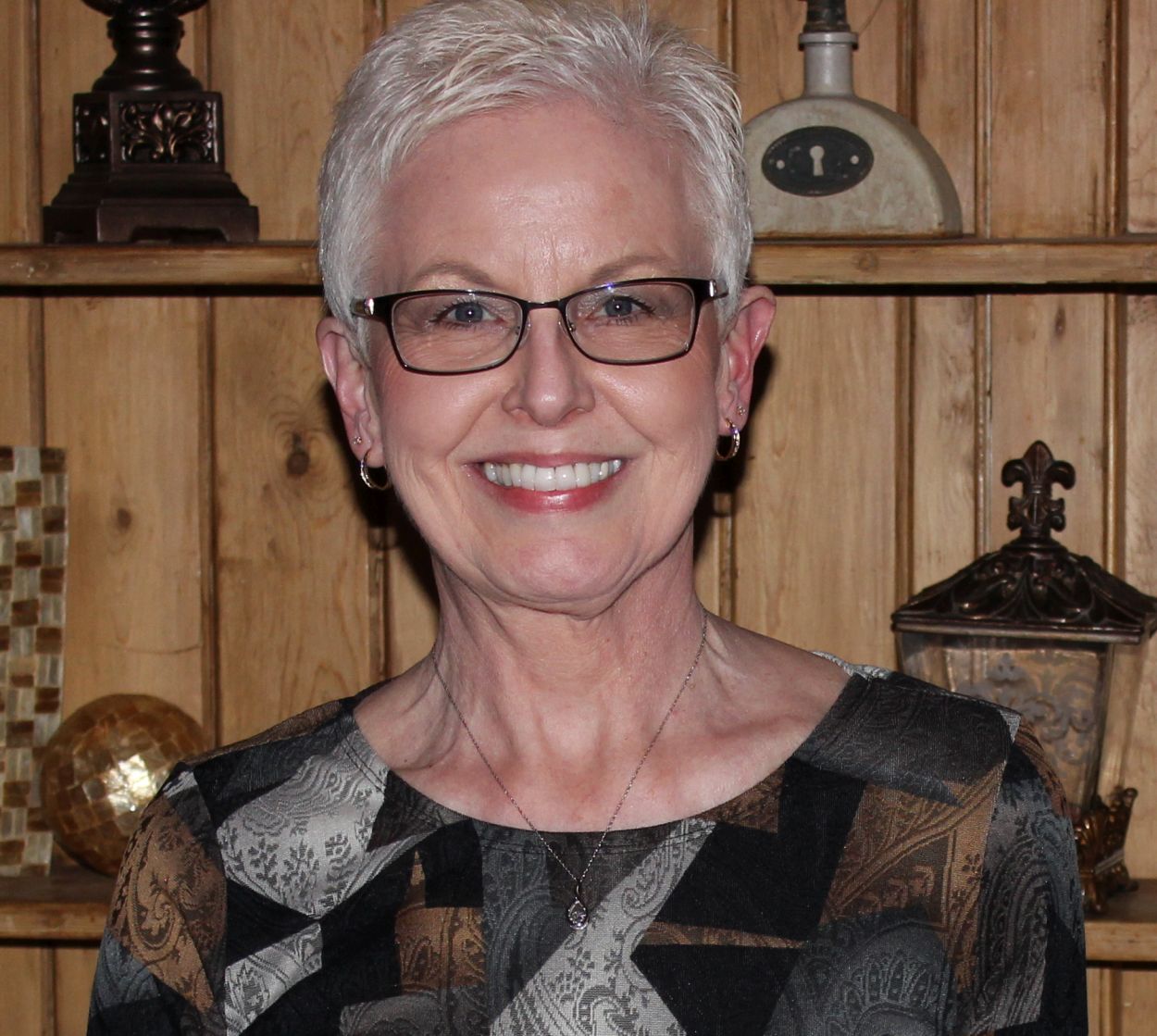
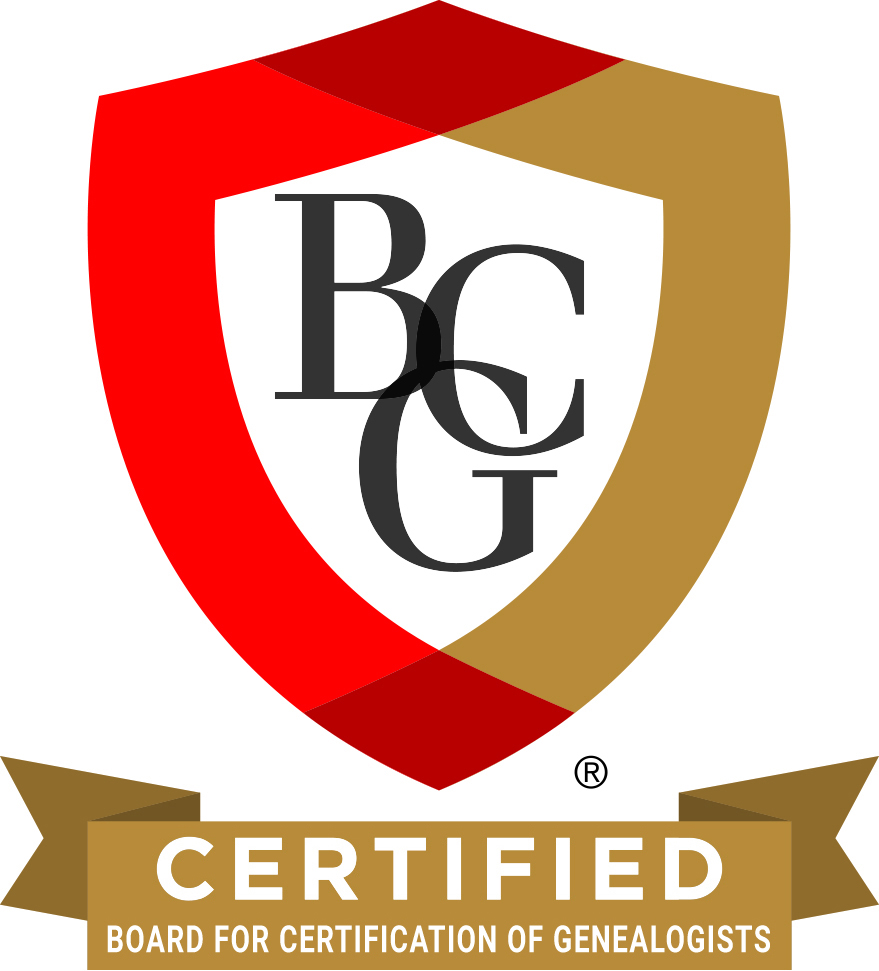
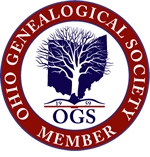

You're welcome, Karen. I'm still working on this also. Thank you so much for all of your wonderful Mercer County…
Very interesting and great picture (I had neersee before) of the church! Thanks for sharing this, Karen.
Ha! I see why you say that. Your original surname was probably something similar to Schmitt.
Thank you for letting me know.
I guess he could have picked a worse name lol, Thanks Karen